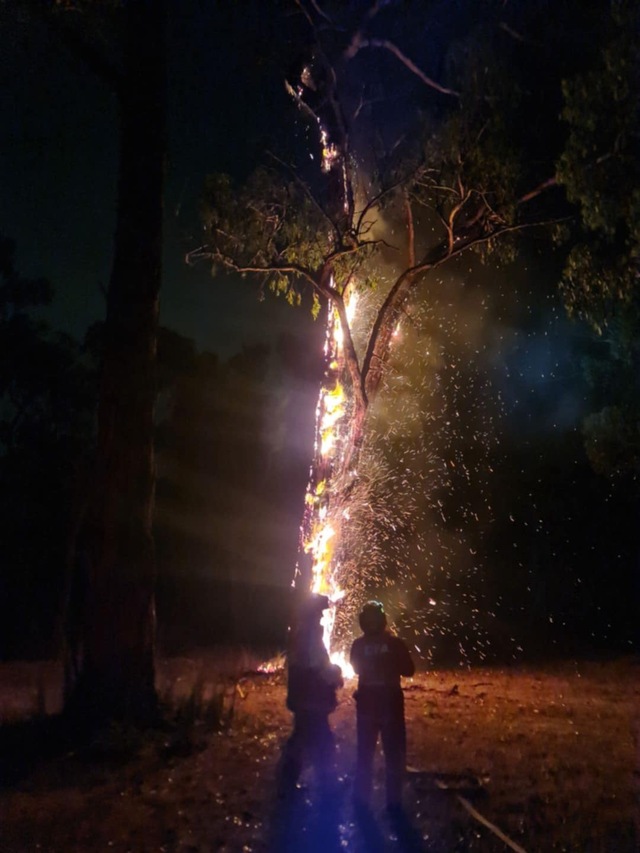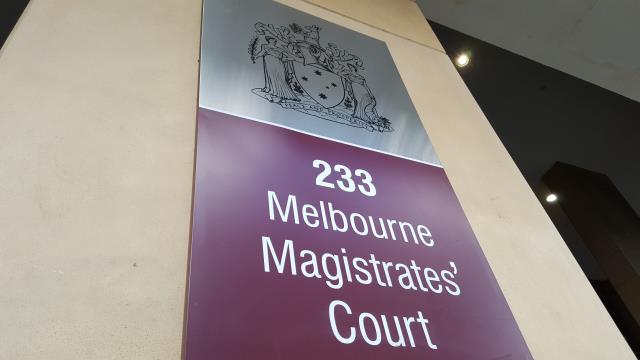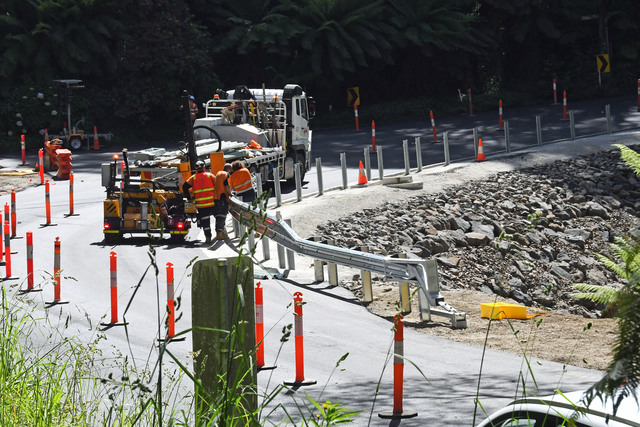Fires, sparked by lightning, have in recent weeks been popping up across the Yarra Ranges and around the state, from severe to minor.
Early on Sunday 9 February, CFA brigades responded to a lightning fire in Mount Evelyn, requiring the swift response of local firefighters to keep the blaze contained.
The 1.40am call out to the grass and scrub fire required the manoeuvring of fire trucks down a narrow road, with firies from Wandin and Montrose there to assist.
Comments from the local community said the fire started roughly 10 minutes after the strike hit, with most nearby waking to the sound of the crack.
“As beautiful as lightning is, it’s certainly scary too,” one person said.
Firefighters in Cockatoo also responded to a similar scenario, as a storm rolled across the Hills.
“Our Brigade responded to a lightning strike which hollowed out a decent sized gum, requiring a swift response and a good deal of teamwork and hard work to bring it under control, all while dealing with heavy rain, high winds, periods of darkness and lightning, and slippery ground,” the brigade posted to social media.
A CFA spokesperson confirmed that just this year, over 200 fires caused by lightning have occurred in Victoria.
“From 1 January 2025 to 11 February 2025 there have been 235 fire incidents occur throughout the state where the ignition factor was lightning including the fires that have occurred in the Grampians National Park and Little Desert in the states West,” they said.
This includes 71 incidents in the North East Region, which covers the Yarra Ranges, and 67 incidents in the South East Region.
Recently, a fire in the Yarra Ranges National Park was also suspected to have been ignited from lightning.
It required upwards of 60 firefighters and three waterbombing aircraft to contain the blaze.
A multi-brigade response was also required at the end of January in Macclesfield when lightning struck in bushland, quickly spreading among the grass.
“When the lightning struck it didn’t take much to start a fire and spread to the surrounding bushland,” Macclesfield CFA captain Sharon Merritt said.
The CFA spokesperson said a network of members are situated throughout Victoria to monitor dry lightning, caused when thunderstorms carry little to no rain.
“To help manage dry lightning strikes, CFA and FFMVic have members in a network of fire spotting towers across the state and activate reconnaissance flights following lightning storms during the fire season,” they said.
“Fire management is a joint responsibility and we ask the community to remain alert and in tune with warnings if there is a dry lightning storm in their area.”







